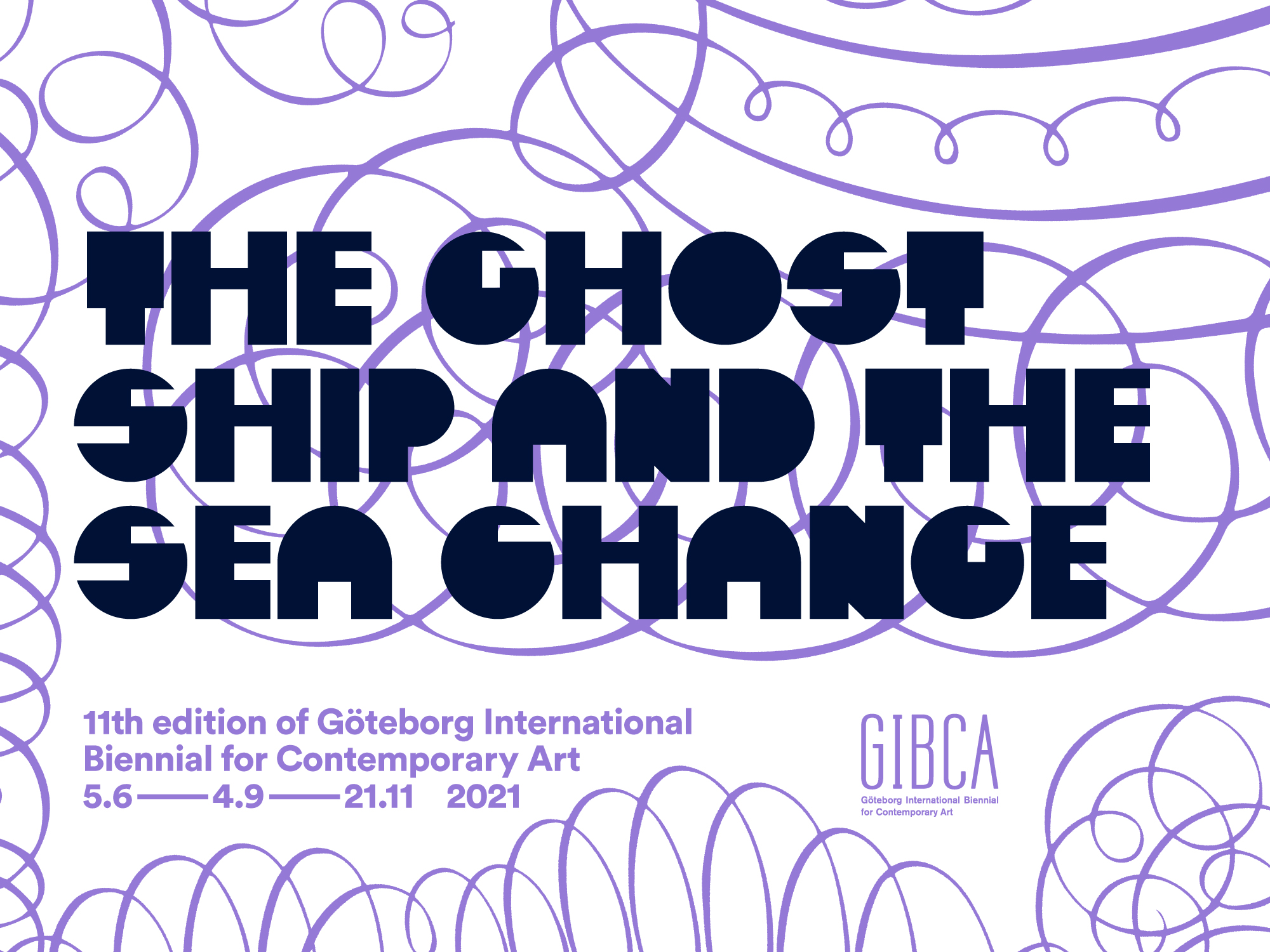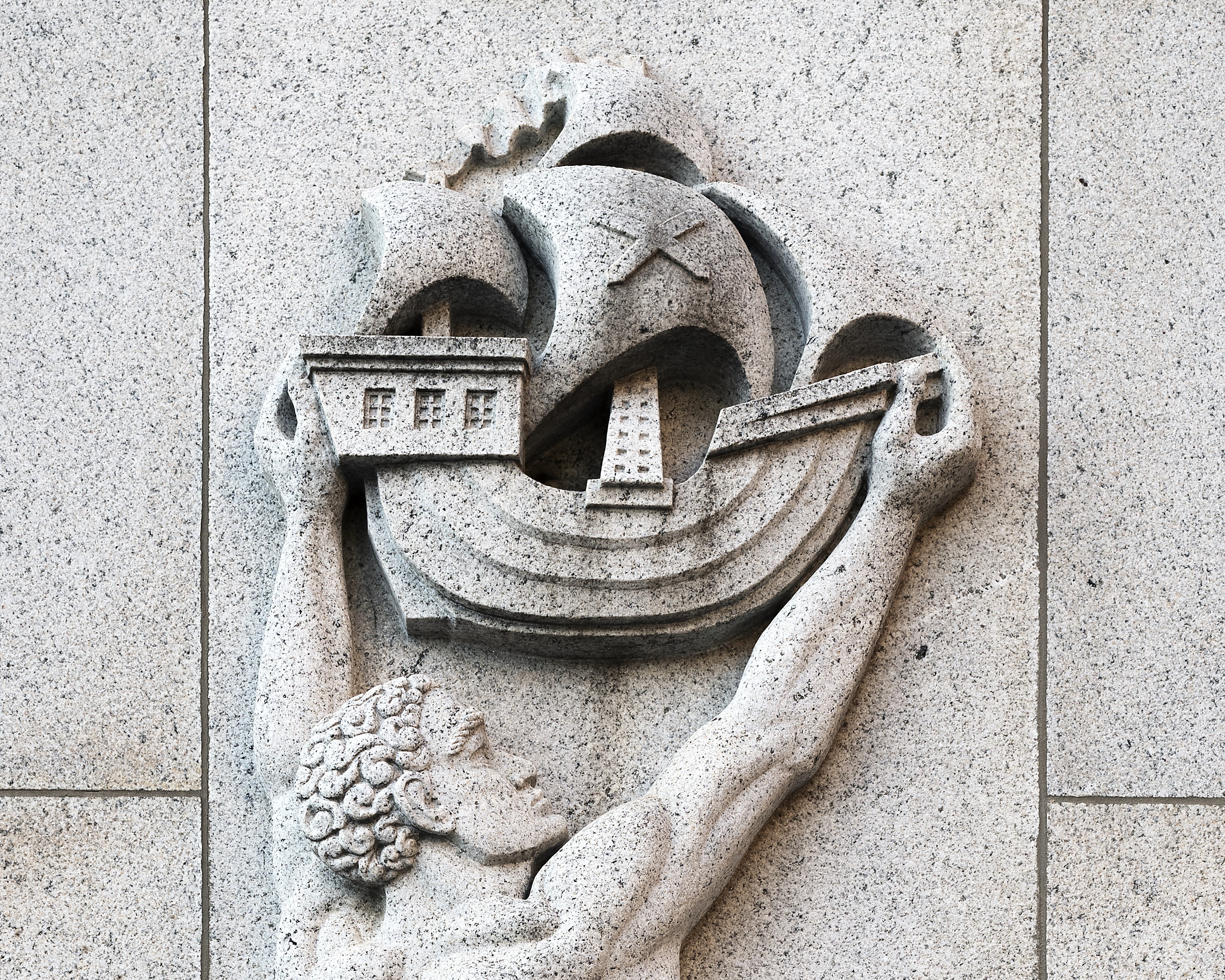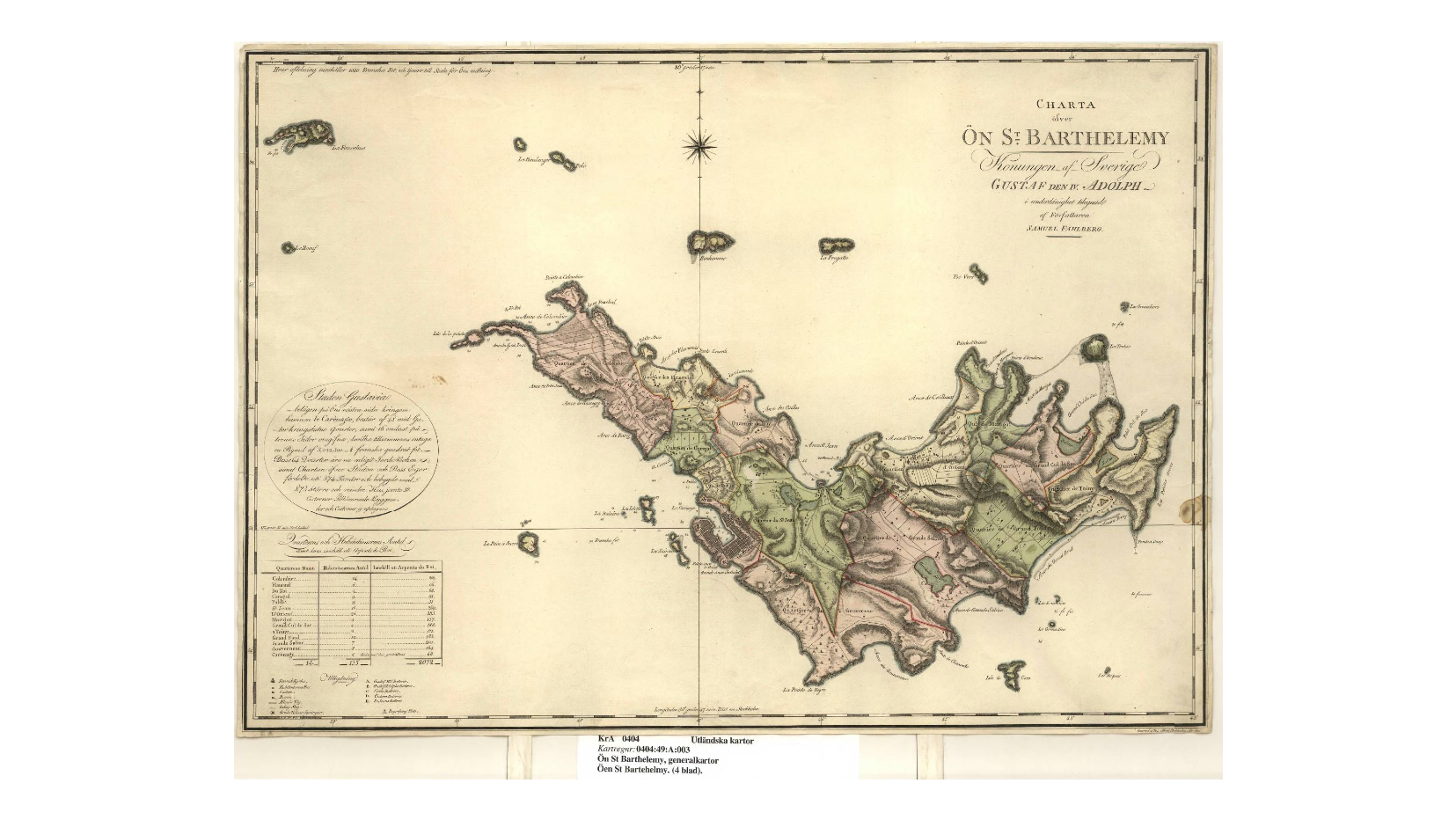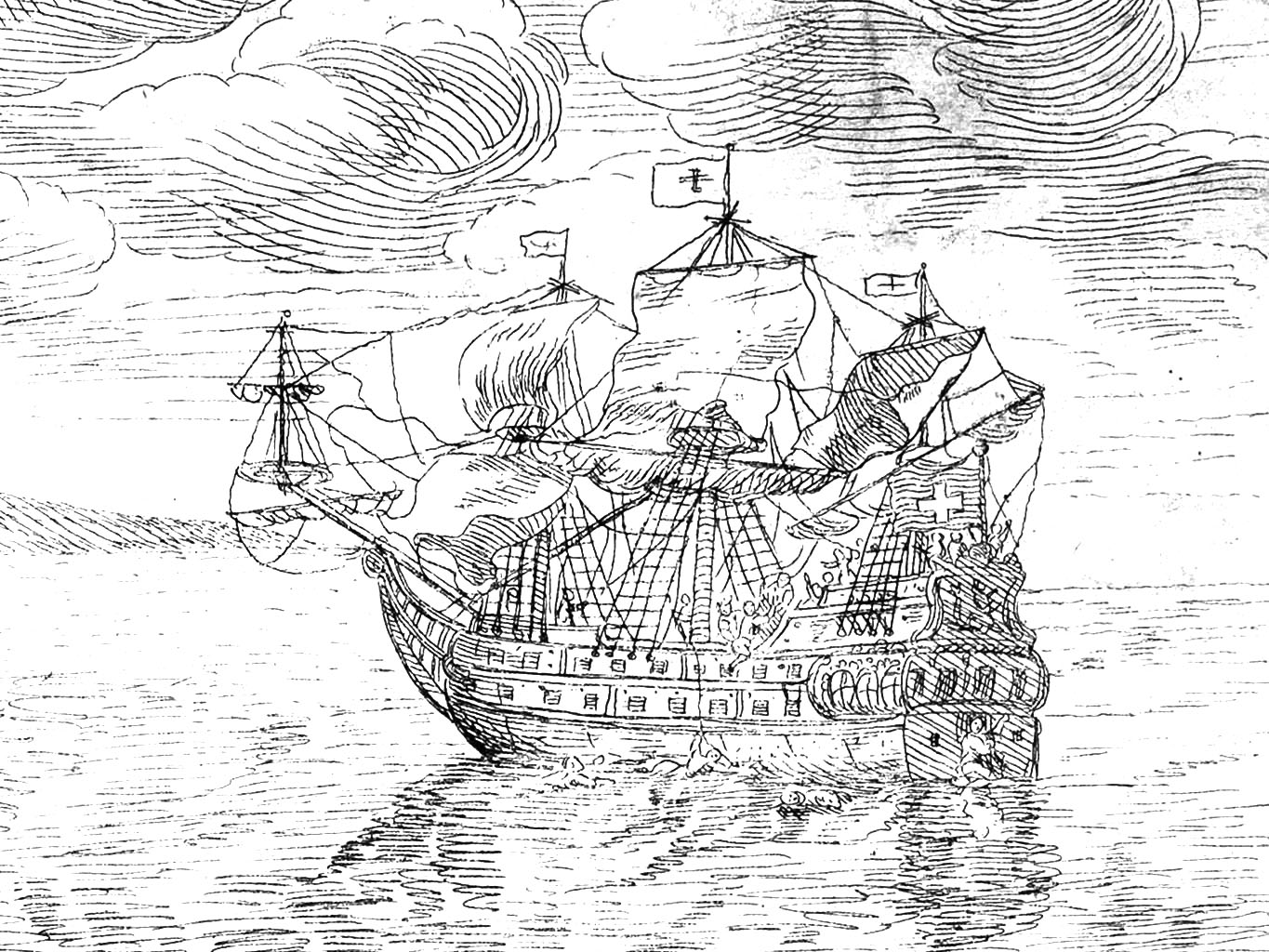Framework
The Ghost Ship and the Sea Change
The eleventh edition of the Göteborg International Biennial for Contemporary Art is conceived in response to the 400-year anniversary of the founding of the city of Gothenburg. The Ghost Ship and the Sea Change relates to the historical layers of the city, asking how different ways of narrating its past might affect its future. Located at the intersection between the historical and the fictive, the biennial explores artistic practice as a method of critical historiography and change.
Franska Tomten (currently Packhusplatsen), a plot of land in the city’s harbor that in 1784 was exchanged for the Caribbean island of Saint Barthélemy as part of a trade deal between Sweden and France, is used as the narrative point of departure for the biennial. How might it change the way we think about Gothenburg if we look at the city from the perspective of this particular plot of land and its colonial history?
Until the 1840s, Saint Barthélemy was governed by a Swedish administration as a hub for the transatlantic slave trade. In 1878 it was sold back to France. Reflecting on this history through the buildings and activities that occupy Franska Tomten today—a court of law situated in a former shipping palace, a casino, and a museum of migration housed in the harbor’s historical customs house—the past is made visible as an ongoing present. The interrelated flows of goods, bodies, capital, and ideology connected to the site span centuries and geographies: just as the writing of law is historically bound up with regulations of international trade, the global circulation of capital is directly connected to contemporary routes of migration.
Through the artworks, the biennial traces this plot outwardly from Gothenburg Harbor to where it meets other places, voices, and histories. Taking the form of a polyvocal and multi-sited narration, it suggests that a city founded on transnational relationships can only become legible by looking at other places as well.
Colonial ideology established racism, sexism, and the destruction of nature as the new world order that has come to define the past 500 years. In this process, the discipline of history was used as an imperial tool, drawing boundaries between the past and the present and making other ways of telling about the world seem marginal or fictional. In the biennial, the artworks offer different possibilities for historical narration, making space for critical fabulation and counter-histories.
The double title of The Ghost Ship and the Sea Change refers to the necessity of both honoring the ghosts of the past and finding ways to move beyond them—to acknowledge the violence and begin processes of repair. The exhibition architecture at Röda Sten Konsthall references the West Indies-bound frigate Havmanden, which was shipwrecked outside Gothenburg in 1683. Staged as a metaphorical replica of this ship, it represents how the past continues to frame the present, but also how the ruins of history can be re-purposed.
Opening in June to coincide with the anniversary of Gothenburg’s founding, additional artworks will be added starting in September, reshaping the initial exhibition and extending the biennial across further venues and public spaces throughout the city.
Lisa Rosendahl
Curator
Part One
Dates: June 5 – August 22
Artists: Michael Baers, Evan Ifekoya & Ajamu X, Damla Kilickiran, Susanne Kriemann, Anna Ling, Ibrahim Mahama, Silvano Lora, Hira Nabi, Daniela Ortiz, Manuel Pelmuş, Tabita Rezaire, Jessica Warboys.
Documentation of artistic proposals for Possible Monuments? by Hanan Benammar, Aria Dean, Ayesha Hameed, Runo Lagomarsino, Fatima Moallim, Daniela Ortiz and Jimmy Robert.
Exhibition architecture: Kooperative für Darstellungspolitik.
Venues: Röda Sten Konsthall, Franska Tomten, online & offsite.
Part Two
Dates: September 4 – November 21
Adding works by: Meira Ahmemulic, Henrik Andersson, Ariella Aïsha Azoulay, Gaëlle Choisne, Benjamin Gerdes, Cecilia Germain, Unni Gjertsen, Ayesha Hameed, HAMN (Nasim Aghili & Malin Holgersson), Salad Hilowle, Conny Karlsson Lundgren, Oscar Lara, Marysia Lewandowska, Erika Arzt & Juan Linares, Fatima Moallim, Jonas (J) Magnusson & Cecilia Grönberg, Pedro Neves Marques, M. NourbeSe Philip, Pia Sandström, The Situationist International, Shanzhai Lyric & Solveig Qu Suess, Lisa Tan, Lisa Torell, Alberta Whittle.
Venues: Konsthallen Blå Stället, Göteborgs Konsthall, Franska Tomten, Museum of World Culture, The Garden Society of Gothenburg, Röda Sten Konsthall, Risö, online & offsite.




